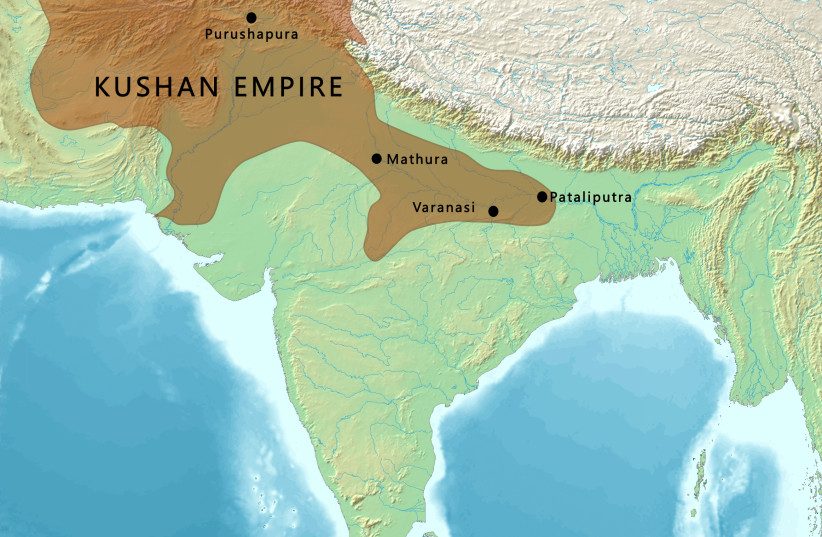A team of researchers from the University of Cologne's Department of Linguistics have partially deciphered the enigmatic "unknown Kushan script after more than seven decades of linguists failing to translate it.
The Kushan Empire, a powerful and influential state in Central Asia between 200 BCE and 700 CE, has left behind inscriptions that have long puzzled linguists. Now, thanks to the work of Svenja Bonmann, Jakob Halfmann, and Natalie Korobzow, new light has been shed on this ancient writing system.
The results of their peer-reviewed study have been published in the journal Transactions of the Philological Society, in an article titled "A Partial Decipherment of the Unknown Kushan Script."
60% of the Kushan script has been decoded
The breakthrough was announced in March 2023, during an online conference hosted by the Academy of Sciences of the Republic of Tajikistan. Currently, approximately 60% of the characters in the Kushan script have been decoded, and the researchers are continuing their efforts to decipher the remaining characters.
The "unknown Kushan script" was used in parts of Central Asia during the Kushan Empire's reign. The Kushans were not only known for their significant territorial expansion but also for their role in spreading Buddhism to East Asia.

The deciphered script finds its origins in both the Eurasian steppe's early nomadic peoples, such as the Yuèzhī, and the ruling dynasty of the Kushans.
Despite several dozen inscriptions having been discovered over the years, the Kushan script had remained a mystery since its initial unearthing in the 1950s.
However, a pivotal discovery in 2022 breathed new life into the quest for decipherment. A bilingual inscription was found in the Almost Gorge in northwestern Tajikistan, featuring both the unknown Kushan script and a section in the known Bactrian language.
The researchers from the university, in collaboration with Tajik archaeologist Dr. Bobomullo Bobomulloev, meticulously analyzed the bilingual inscription and a trilingual inscription found in Afghanistan.
Drawing from previous successful decipherments like the Rosetta Stone and ancient Persian cuneiform script, the team pieced together the underlying language and writing system.
The royal name "Vema Takhtu" and the title "King of Kings" proved to be crucial clues that enabled the scholars to identify the phonetic values of individual characters.
The decipherment unveiled a previously unknown Middle Iranian language, distinct from both Bactrian and Khotanese Saka, which was spoken in western China. This newfound language appears to occupy a middle position in the linguistic development between the two known languages. The research group tentatively suggests the term "Eteo-Tocharian" as a preliminary name for this newly identified Iranian language.
The researchers are planning research trips to Central Asia in cooperation with Tajik archaeologists, as new sites have already been discovered.
"Our decipherment of this script can help enhance our understanding of the language and cultural history of Central Asia and the Kushan Empire, similar to the deciphering of the Egyptians hieroglyphs or Mayan glyphs for our understanding of ancient Egypt or Mayan civilization," Bonmann said.
